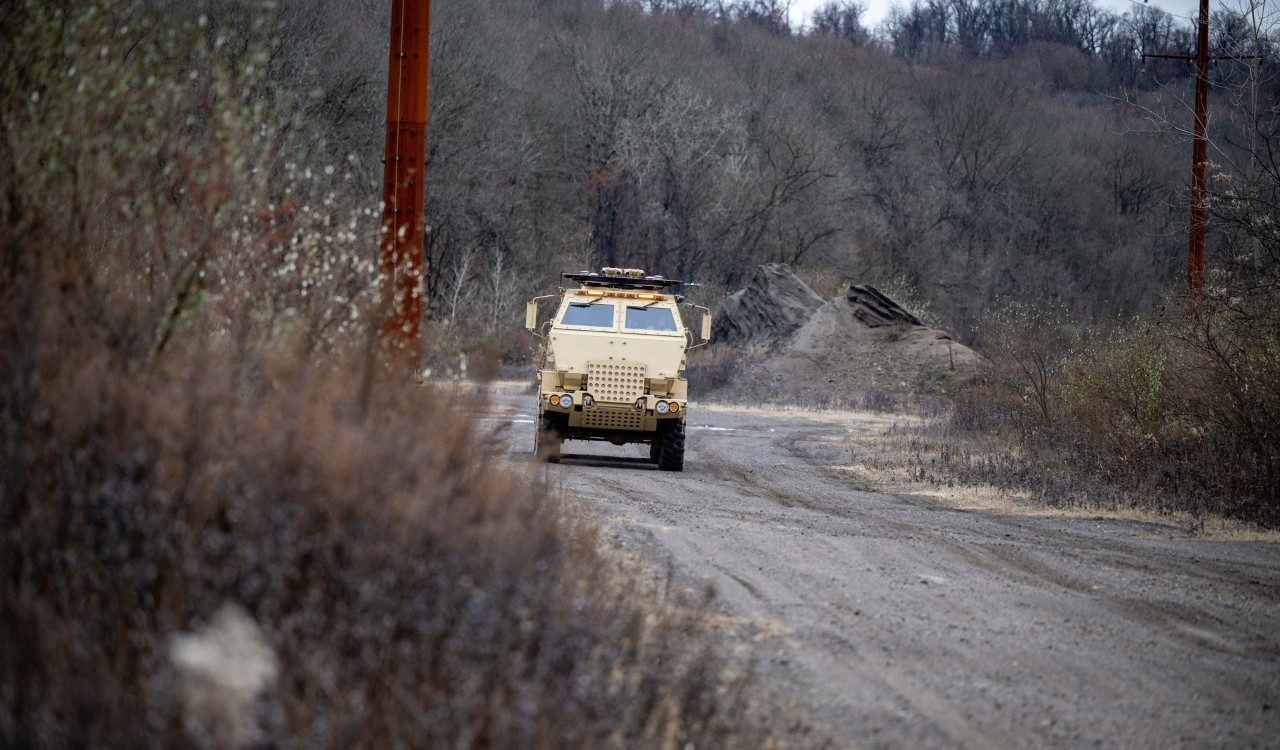Lockheed Martin has successfully demonstrated an uncrewed capability with a surrogate HIMARS launcher, developing autonomous systems that can operate collaboratively with manned vehicles.

On Dec. 4, the surrogate launcher showcased its ability to navigate without a driver using non-emitting perception sensors, enabling seamless day and night operations without a crew.
This achievement marks a step forward in the development of an autonomous solution that can be seamlessly integrated into the existing HIMARS fleet of launchers and re-supply vehicles.
Supporting the U.S. Army’s modernization efforts for artillery capabilities, this technology provides enhanced adaptability in complex and dynamic environments.
Supporting Army Modernization and 21st Century Security
Developing this autonomous launcher capability aligns with Lockheed Martin’s commitment to advance its 21st Century Security vision, emphasizing the development of cutting-edge technologies that empower our military to stay ahead of emerging threats. The technology is designed to provide the Army with a flexible and adaptable solution that can be easily integrated into existing systems, maximizing customer investment in their launcher fleet and supporting all-domain deterrence.
“Our approach offers a unique solution that allows the Army to upgrade their existing HIMARS fleet with enhanced autonomous capability, while retaining the option for crewed operations,” said Becky Withrow, Business Development director at Lockheed Martin. “This maximizes customer investment in their launcher fleet and provides the flexibility to adapt to changing mission requirements.”
Looking ahead, the Army envisions pairing a manned HIMARS with an autonomous wingman launcher, enabling more efficient and effective artillery operations. In 2025, Lockheed Martin will advance mission planning activities that reduce the cognitive burden required for soldiers interacting with the autonomous wingman launcher. Another demonstration is planned for the second half of 2025, further solidifying Lockheed Martin’s commitment to delivering innovative solutions that support the Army’s modernization efforts.
“At Lockheed Martin, we are proud to be at the forefront of developing technologies that support the Army’s vision for a more agile and adaptable force,” said Tim Cahill, president of Lockheed Martin Missiles and Fire Control. “Advancing this technology for our combat-proven launchers is a testament to our dedication to delivering innovative solutions that empower our military to stay ahead of emerging threats.”
Autonomous and Unmanned Solutions
“We’re building on this legacy by combining commercial best practices with our defense technology expertise to rapidly and affordably bring cutting-edge autonomous capabilities to the defense industry,” said Cahill.
Sikorsky, a Lockheed Martin company, was recently selected by the U.S. Marine Corps to demonstrate the maturity and capability of the MATRIX flight autonomy system and Lockheed Martin Skunk Works showcased a crewed-uncrewed teaming mission using AI-controlled aircraft through a touchscreen pilot vehicle interface.






